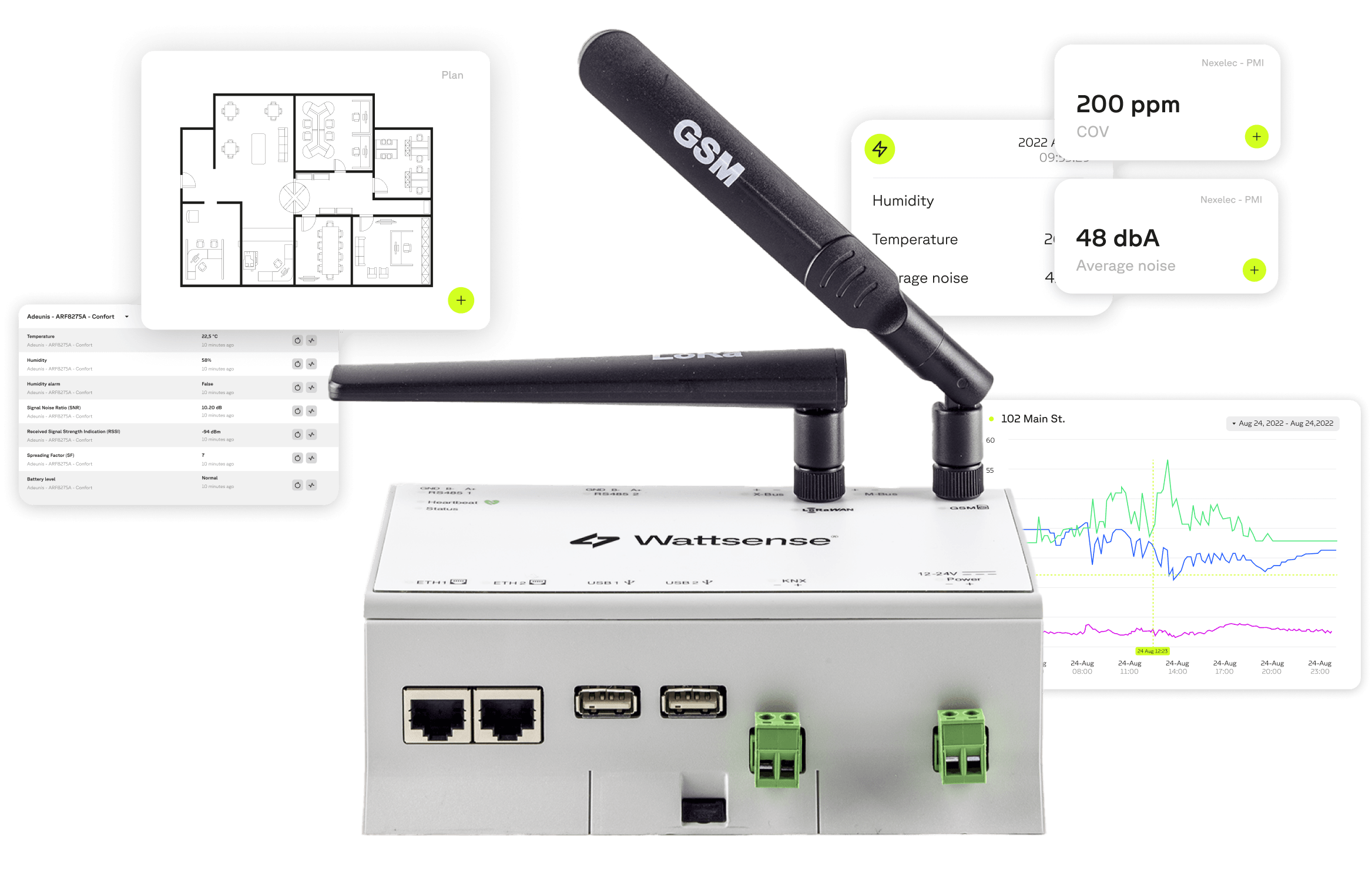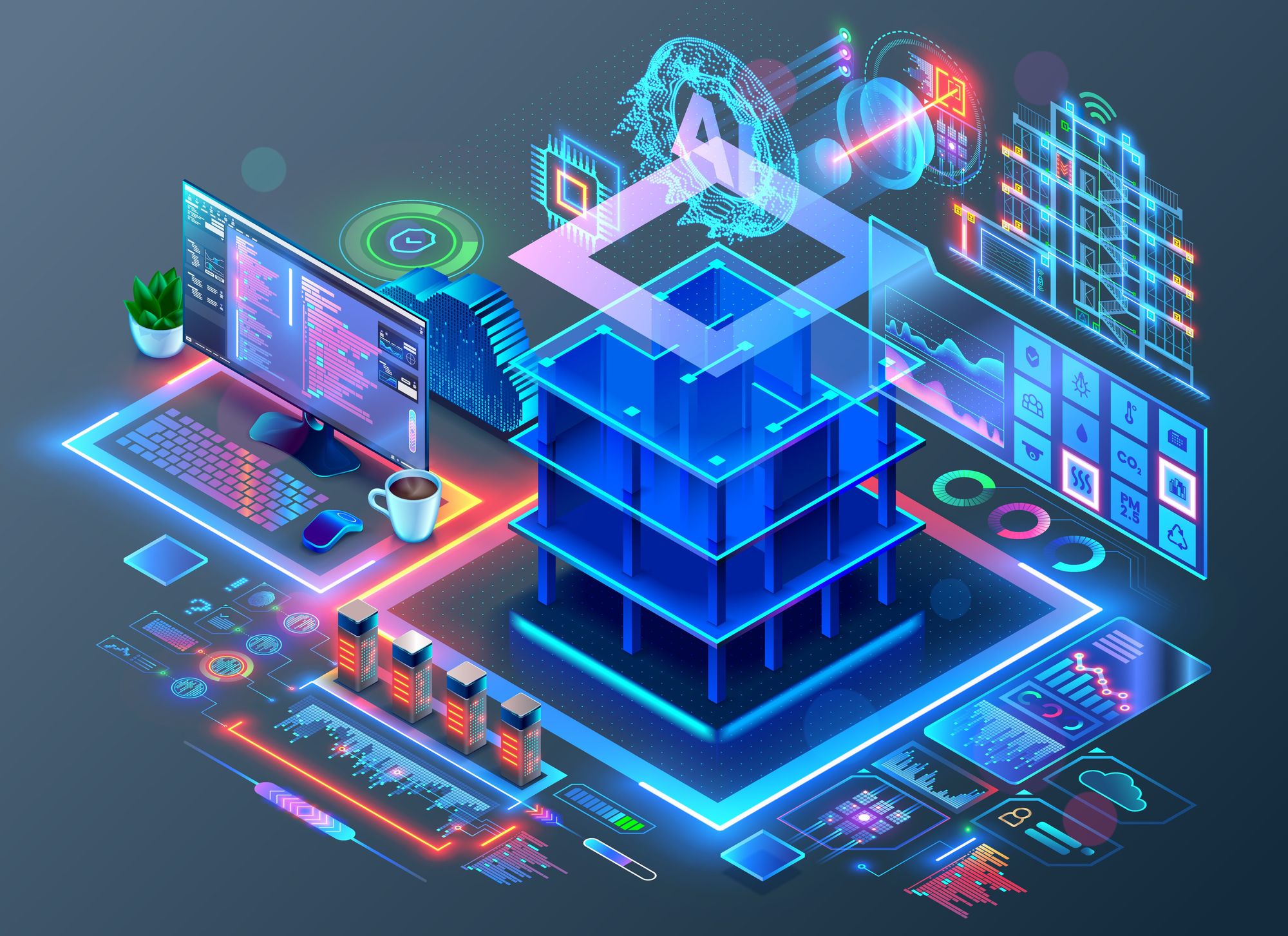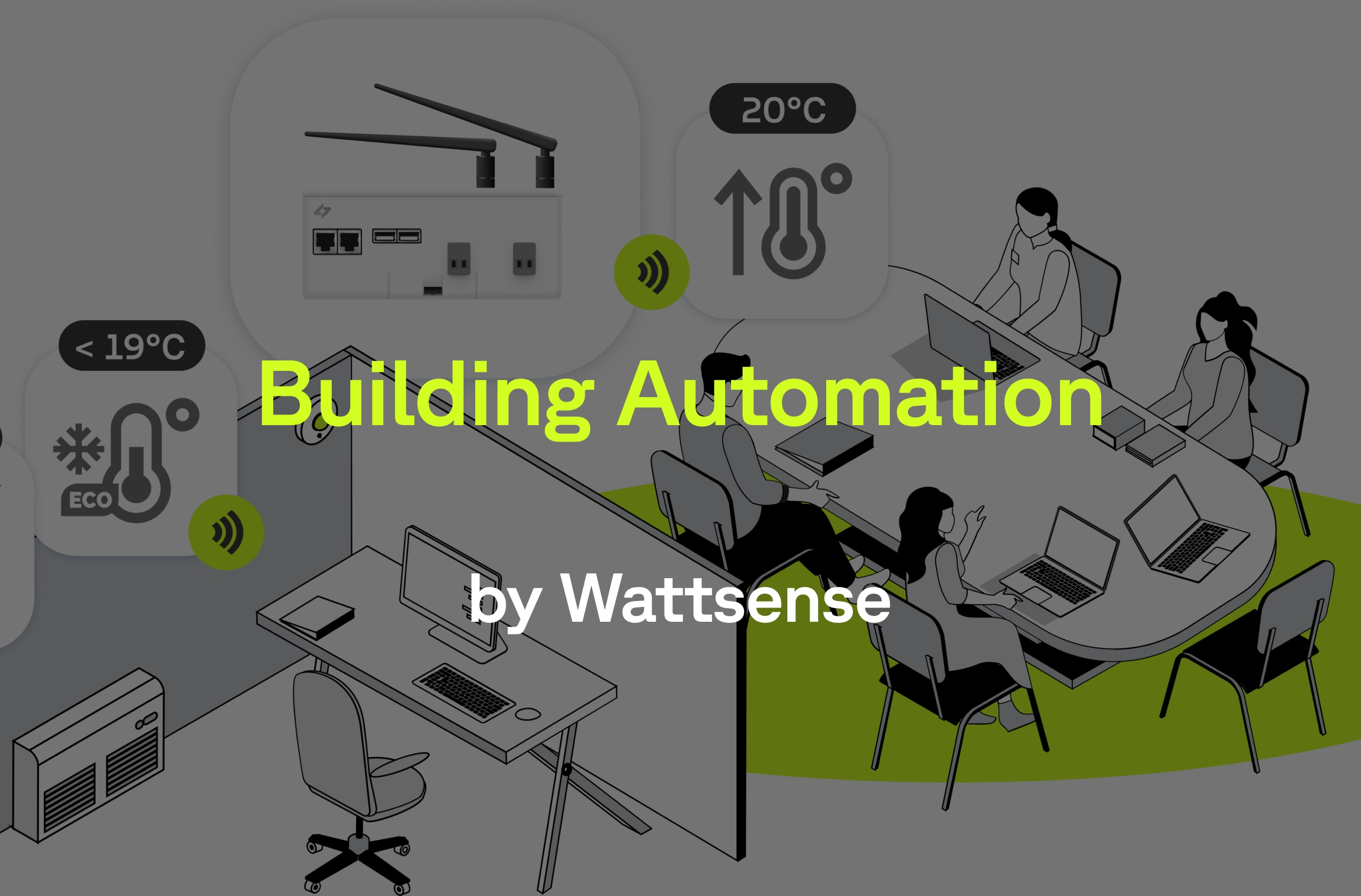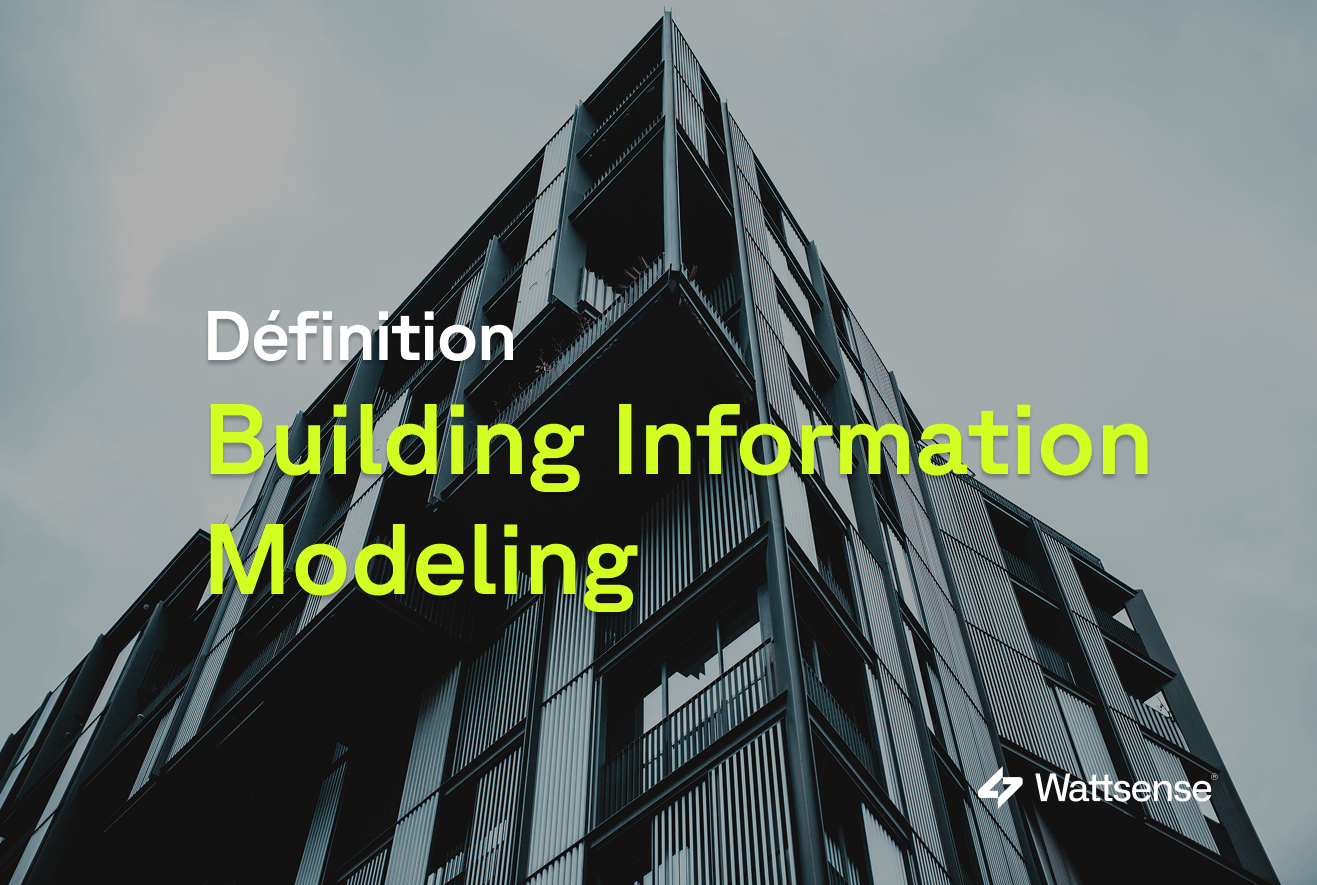Simplifying BMS for building operators: effective strategies and tips


In the general context, the evolution and upgrade of Building Management Systems are essential to reduce energy consumption and carbon emissions.
In the field, modern and efficient Building Management System solutions can take the building management sector to the next level by making operations more efficient, affordable, and scalable while providing comfort to occupants.
A Building Management System (BMS), also called Building Automation System (BAS), is the "automated operator" that drives and monitors the technical assets. These systems have been around since the late '80s. In most cases, traditional BMS technology can be costly, proprietary, and difficult to upgrade.
BMS consist of a complex set of equipment and control programs used by a few key operators such as building managers, maintenance personnel, or service contractors. As large equipment can be controlled using BMS software, even small actions can affect the comfort and energy efficiency of the entire building.
Building operators depend on BMS to control and monitor every aspect of the facility. The day-to-day work of building management offers us insight into the deficiencies of the current BMS. In this article, we present suggestions to help improve the user experience and management of BMS, hopefully leading to improvements in the productivity of the staff on the field.
Another factor is that we have seen that despite the significant investment in acquiring a BMS, many food retailers, and owners of office buildings, residences, as well as other properties took a radical decision and unplugged their BMSs. Making us question why are so many BMS in ruins?
The challenges of traditional BMS for building operators
No automation and understaffed facilities

Even though BMS are supposed to automate operations, day-to-day maintenance of buildings still needs an onsite operator or technician to address comfort complaints from occupants, BMS alarms, and equipment malfunctions, among others.
It is no news that a big issue in the building management sector is how understaffed some sites are. Building operators can be in charge of multiple buildings, making it challenging to keep up with equipment's increasing complexities and challenges.
"Almost everywhere we go, they don't have enough maintenance staff to do things right most of the time. So it's very common that they do the quick fix rather than the right fix." explains a building operator interviewed for the article Managing Commercial HVAC Systems: What do Building Operators Really Need?
While building equipment and sensors have become smarter, BMS technology and its IT structure continue to be too complex to simplify the work overload of building operators. Automation and centralized data are essential to improve the working conditions in buildings.
Unscalability of management strategies

The absence of centralized data and communication between equipment makes it difficult for building operators to operate efficiently and implement strategies for better energy performance. The reliance on commissioning, lack of digital documentation, and manual checkups make it hard to identify important inefficiencies. Still, most importantly, it is unsustainable to scale management operations to other buildings.
"The number of connected devices in operation in the commercial smart building will grow from 1.7 Billion in 2020 to just under 3 Billion by 2025, representing a CAGR of 10.8%. Explains this "Managing Smart Buildings " article in Memoori.
This represents a big increase in devices and a need for more visibility and control in each building system.
Lack of schematics in BMS

In some buildings, floor plans and equipment connections are still hand-drawn or are in an unreadable format for the BMS. Architectural and mechanical plans should be available to the BMS and building operators. Newly installed sensors and other devices should be able to be added to the building's schematics.
Incompatibility and vendor lock-in

Equipment interoperability represents a challenge in building management, as proprietary technologies are common for many manufacturers.
The traditional BMS business model locks in facilities with proprietary equipment, platforms, and software that require costly licenses and maintenance fees. To make any changes to the IT infrastructure in BMS, operators are dependent on the manufacturer's technical support or development team.
How can we simplify BMS for building operators?
- User-friendly interfaces in BMS.
- Interoperable technology and a vendor-agnostic business model.
- Centralized and shareable data for better analysis and diagnosis.
- Quick reporting for building operators and stakeholders.
- Systems that allow the easy use of integrations and smart building applications.
The Wattsense solution

Wattsense is a simple and open IoT solution that allows you to control and monitor buildings of any size. Reduce energy consumption, improve occupant comfort, and keep control of buildings with a simple BMS.
The Wattsense solution is an affordable, cyber-secure, and interoperable technology with field communication protocols (noticeably private LoRaWAN networks) and IT solutions hosted in the Cloud or locally. It has a simple and intuitive interface for monitoring and controlling the site's technical equipment.
The Wattsense Tower offers all the essential features of a traditional BMS without the complexities. It’s composed of an Edge Device and a user-friendly BMS console that offers a Configuration Wizard, Alarms, Schematics, and Graphs features.
With our products, users can easily integrate energy monitoring solutions and quickly share data onsite, on the Cloud, or on a facility manager's hyper-vision system to ensure data analysis.
These features allow building operators to operate swiftly and upgrade BMS and properties to be transformed into smart buildings cost-effectively, saving weeks of deployment and reducing operating costs.
Building operators, integrators, facility managers, Proptechs, and property owners can find and deploy the perfect smart building tool to implement management strategies successfully.
Create value using the building's data, improve equipment performance, and reduce field trips and energy consumption. Try the Wattsense solution. Request a Demo.
Want to learn more about the Wattsense connectivity solution?
Discover our solutionContinue reading



